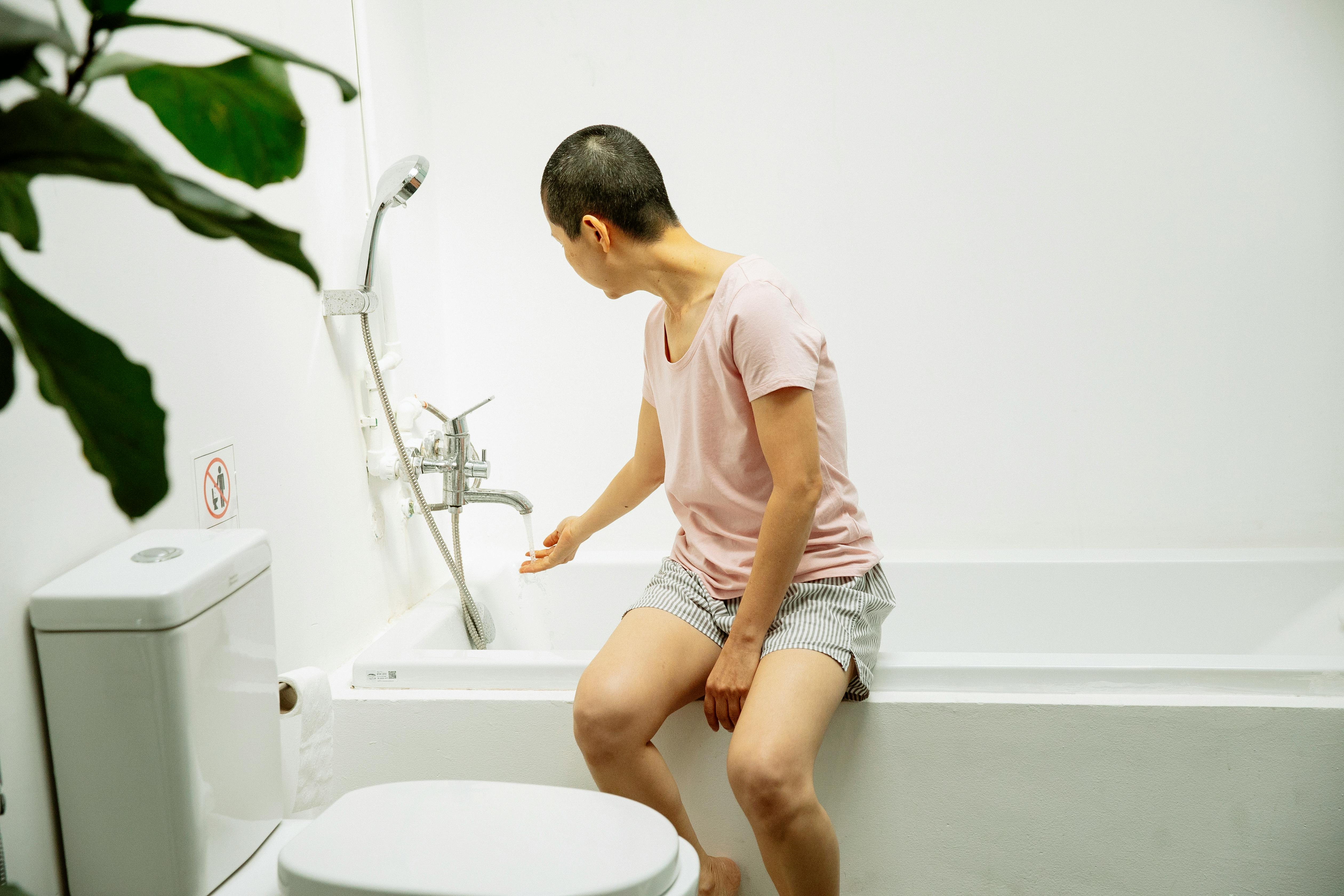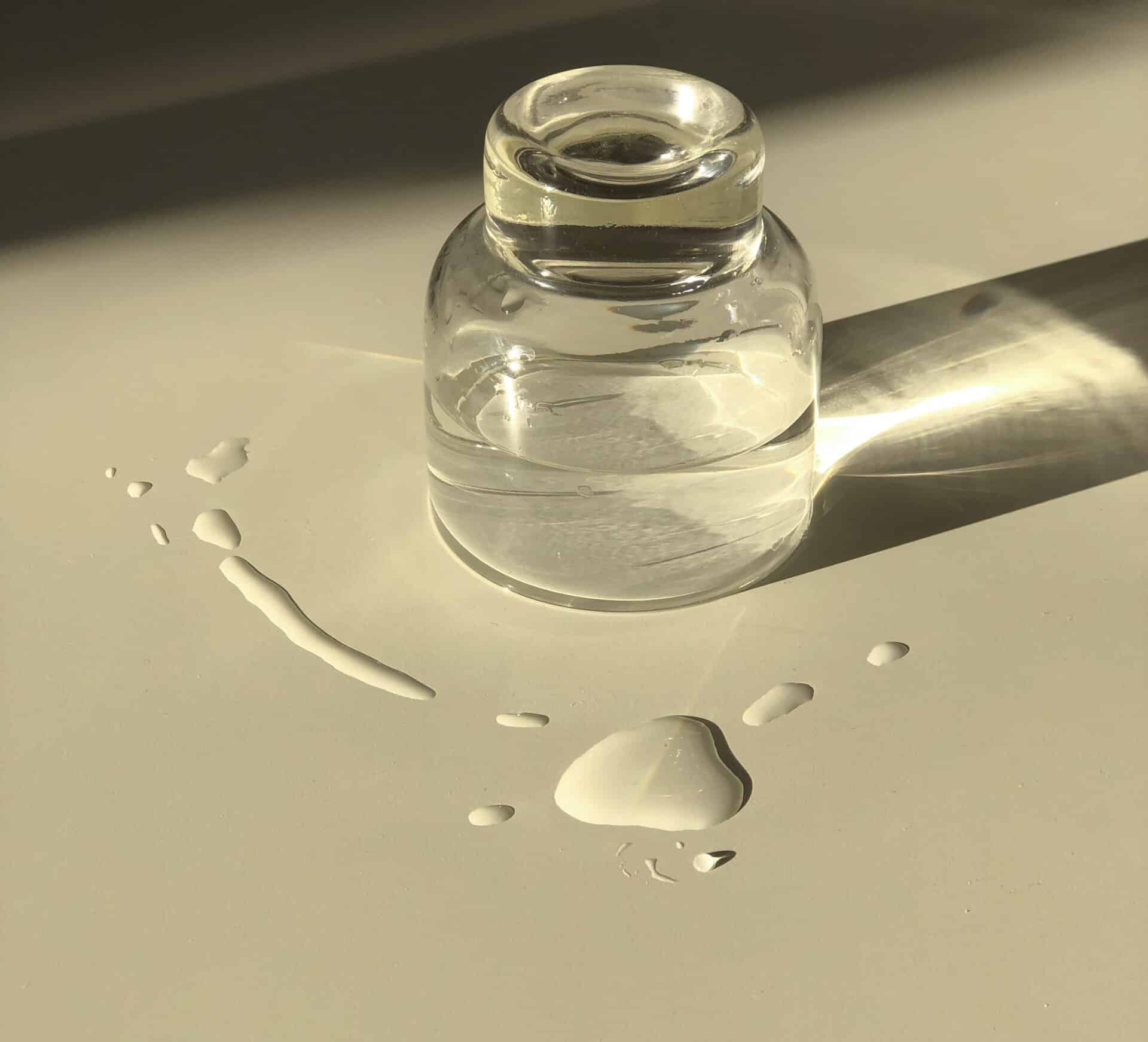Filling your battery with distilled water is an important step in making sure your battery is able to work at its best. Having a battery that is filled with the right amount of distilled water is essential for proper performance and long life. In this guide, we will explain how to fill a battery with distilled water. We will cover the tools you need, the process of filling the battery, and some tips for best practice. With these steps, you can make sure your battery has the right amount of fluid and continues to work efficiently.Distilled water is a type of purified water that has had both contaminants and minerals removed through a process of distillation. Distillation involves boiling the water and then condensing the steam into a clean container, leaving impurities behind. This type of water is often used in medical and scientific settings, as it does not contain any chemicals or minerals that could interfere with laboratory experiments. It is also used in households for ironing, steam irons, car batteries, and humidifiers.
Why Should You Fill Battery With Distilled Water?
Filling a battery with distilled water is important to ensure its longevity and proper functioning. Batteries can become damaged if they are not filled with the correct type of water. Distilled water is recommended because it is free of minerals, which can potentially damage the battery and reduce its life. It also helps to keep the electrolyte levels within the battery balanced, allowing it to perform optimally.
Using tap water or other types of untreated water in a battery can lead to mineral deposits that can cause corrosion and reduce the life of the battery. Distilled water does not contain any impurities that could damage your battery, so it is much safer to use. Additionally, distilled water has a neutral pH level which will help keep the acidity levels in your battery balanced so that it functions properly for an extended period of time.
By filling your battery with distilled water, you can help ensure that it lasts longer and performs better over time. This will also help save you money in the long run since you won’t have to replace your battery as often due to damage caused by using impure or untreated waters. Additionally, using distilled water will also reduce environmental pollution by reducing the amount of waste created when batteries are thrown away prematurely due to damage caused by using non-distilled waters.
Overall, filling a battery with distilled water is important for both economic and environmental reasons. It will keep your batteries working optimally for longer periods of time and help protect our environment from unnecessary waste caused by premature disposal of damaged batteries.
What Type of Battery Should You Fill With Distilled Water?
When it comes to keeping batteries in good working order, one of the most important steps is to make sure they are filled with the right type of water. Depending on what type of battery you are using, you may need to fill it with distilled water. This is because distilled water does not contain any minerals or other impurities that could damage the battery or reduce its efficiency.
Lead-acid batteries, such as those used in cars and golf carts, are particularly prone to damage from contaminants in tap water, so using distilled water helps ensure that your battery will last as long as possible. Other types of batteries, such as alkaline or lithium ion, may not require distilled water but can still benefit from it.
If you’re unsure whether your battery requires distilled water or not, check the manufacturer’s instructions. Some batteries may come with a specific recommendation for the kind of water to use when filling them up. If no specific suggestion is given, then it’s best to err on the side of caution and use distilled water instead of tap or filtered water.
In addition to filling your battery with distilled water when appropriate, it’s also important to regularly inspect and clean your battery terminals and cables. Keeping your battery in good condition will help ensure that it runs efficiently and lasts for a long time.
Preparing the Battery for Filling With Distilled Water
It is important to prepare the car battery before adding distilled water. First, make sure the battery is clean and free of any dirt or debris as this can cause a short circuit. Next, check the electrolyte level and make sure it is not below the minimum indicator line. If necessary, top-up with an appropriate type of electrolyte solution. Then, remove the vent caps from each cell and inspect them for any signs of corrosion or damage. Finally, check the terminals and cable connections to ensure they are secure and free of corrosion.
Once all these checks have been completed, the battery can then be filled with distilled water using a funnel to avoid spilling any liquid. Care should be taken when doing so, as overfilling can cause damage to both the cells and terminals. The amount of water added will depend on the size of the cells so refer to your car’s manual for exact measurements. After filling each cell with distilled water, replace all vent caps securely before proceeding to start charging.
By following these steps before filling a car battery with distilled water you will ensure that it is properly prepared for charging and reduce risks associated with poor maintenance.
Selecting the Right Container for Filling the Battery With Distilled Water
When it comes to filling a battery with distilled water, selecting the right container is essential. This is because the container used must be able to hold the amount of distilled water needed to fill the battery and must also be able to withstand any acid that may come in contact with it. It is important to use a container that is made out of materials that are resistant to corrosion, such as stainless steel or glass. Plastic containers should not be used as they can break down over time due to the acidity of the battery fluid.
When selecting a container for filling the battery with distilled water, it is important to ensure that it has a wide enough opening so that all of the distilled water can be poured into the battery without spilling. It is also important to make sure that there are no cracks or crevices in the container which could allow any acid or other corrosive material to escape and come into contact with other parts of the car. Additionally, it is important to make sure that there are no sharp edges on the container which could cause injury when handling it.
The size of your container should also be taken into consideration when selecting one for filling your battery with distilled water. The container should not be too large as this could lead to overfilling and spilling, but it should also not be too small as this could lead to underfilling and not enough fluid being added. It is best to select a container which will fit comfortably inside your vehicle and allows you access for refilling when necessary.
When using your selected container for filling your battery with distilled water, always take safety precautions such as wearing protective clothing and eyewear when handling any corrosive material or fluid. Also make sure that you always follow manufacturer’s instructions carefully when filling up batteries with distilled water in order to prevent any potential damage from occurring.

How to Fill a Battery With Distilled Water
Filling a battery with distilled water can be an important part of maintaining your vehicle’s battery. Over time, the battery will lose its charge and you will need to top it up with distilled water to bring it back up to full capacity. In this article, we will explain how to fill a battery with distilled water.
The first step is to make sure that the battery is completely turned off and disconnected from any power source. You should also wear safety glasses and gloves when handling any type of battery. Once you have taken these necessary precautions, you can begin filling the battery with distilled water.
The next step is to locate the fill cap on the top of the battery. This is usually a small plastic cover that can be removed with a screwdriver or other tool. Once the cover has been removed, you should be able to see the fill tube inside of the battery.
Using a funnel or other device, carefully pour distilled water into the fill tube until it reaches just below the maximum level line indicated on the side of the tube. After you have done this, replace the cap on top of the battery and make sure it is securely fastened in place.
Finally, start your vehicle and check that all electrical components are functioning properly before driving your car away. Filling your car’s battery regularly with distilled water will help ensure that it functions properly for as long as possible.
Checking the Level of Electrolyte After Filling a Battery With Distilled Water
When it comes to batteries, it is important to check the level of electrolyte after filling a battery with distilled water. This helps to ensure that the battery is properly maintained and all its cells are filled with the right amount of electrolyte. It also helps to prevent overcharging and undercharging, which can damage the battery. The process for checking the level of electrolyte is relatively simple, but it does require some basic supplies and knowledge.
First, you will need a hydrometer, which is used to measure the specific gravity or density of liquids. You will also need a small container or cup that can hold about two ounces of liquid. To begin checking the level of electrolyte, fill your container with two ounces of distilled water and then place your hydrometer in it. Make sure you take readings at different points in the container as this will give you an accurate reading.
Once you have taken your readings, compare them to the manufacturer’s specifications for your particular battery type. If your readings are lower than what is recommended, then you need to add more electrolyte by slowly pouring it into the cells and topping up until you reach the specified levels. If your readings are higher than what is recommended, then you need to drain some liquid out until you reach the specified levels.
After adjusting the electrolyte levels accordingly, make sure that all cells are filled with distilled water and that there is no excess liquid left in any cell as this could lead to overcharging or undercharging issues. Finally, recheck your hydrometer readings after adding or removing any liquids from your battery cells and make sure they match up with what was recommended by your battery manufacturer’s specifications before putting everything back together again.
By following these simple steps when checking the level of electrolyte after filling a battery with distilled water, you can ensure that your battery stays healthy and functions properly for years to come!
Cleaning Up Spills When Filling a Battery With Distilled Water
Filling a battery with distilled water can be a messy process if spills occur. In order to ensure that all spills are cleaned up properly and efficiently, it is important to take the necessary precautions before beginning the process. Here are some tips for cleaning up spills when filling a battery with distilled water:
First, make sure that you have all the necessary supplies for cleaning up any spills. This includes paper towels, rags, sponges, and a bucket of water. It is also important to have an absorbent material such as sand or sawdust nearby in case of larger spills.
Next, it is important to pay close attention when filling the battery with distilled water. Be sure to use slow and steady movements so that any overflow or splash can be avoided. Also be sure to keep the area around the battery clear and free of any clutter that could impede your progress.
If a spill does occur, take immediate action by cleaning it up right away. Use the paper towels or rags to soak up as much of the spill as possible before using absorbent material such as sand or sawdust to absorb any remaining liquid. After this has been done, use a sponge and bucket of water to wipe down any remaining residue from the spill.
Finally, after all the spills have been cleaned up it is important to dispose of them properly. Empty out any buckets used for spills into an appropriate container for disposal according to local regulations. Be sure not to pour them into sinks or drains as this could lead to contamination in local waterways or sewer systems.
By following these steps when filling a battery with distilled water, you can ensure that any spills are cleaned up quickly and efficiently without putting yourself or your environment at risk.

Conclusion
Filling your battery with distilled water helps reduce corrosion and maintain battery life. It also helps to prevent any damage that can be caused by the build-up of mineral deposits. Keeping your battery clean and free of contaminants is the best way to ensure it is functioning correctly and efficiently. Taking the time to check your battery regularly, and add distilled water as needed, will help extend the life of your battery and keep it running in optimal condition.
Overall, filling a battery with distilled water is a relatively easy process. All you have to do is locate the cells, remove the caps or covers, fill each cell with distilled water until it reaches the correct level, replace all caps or covers, and then check that all connections are secure. Taking these steps will ensure that you get the most out of your battery and avoid any costly repair bills down the line.

